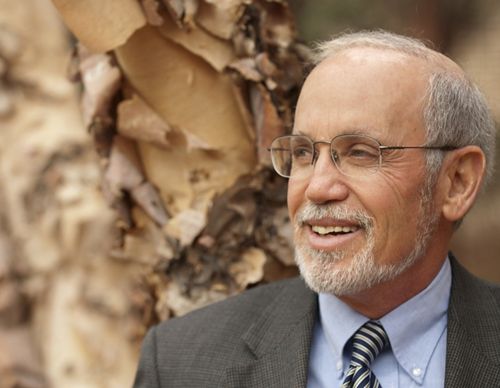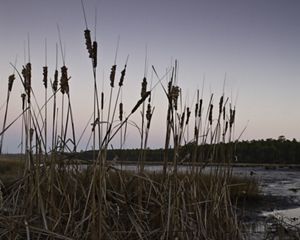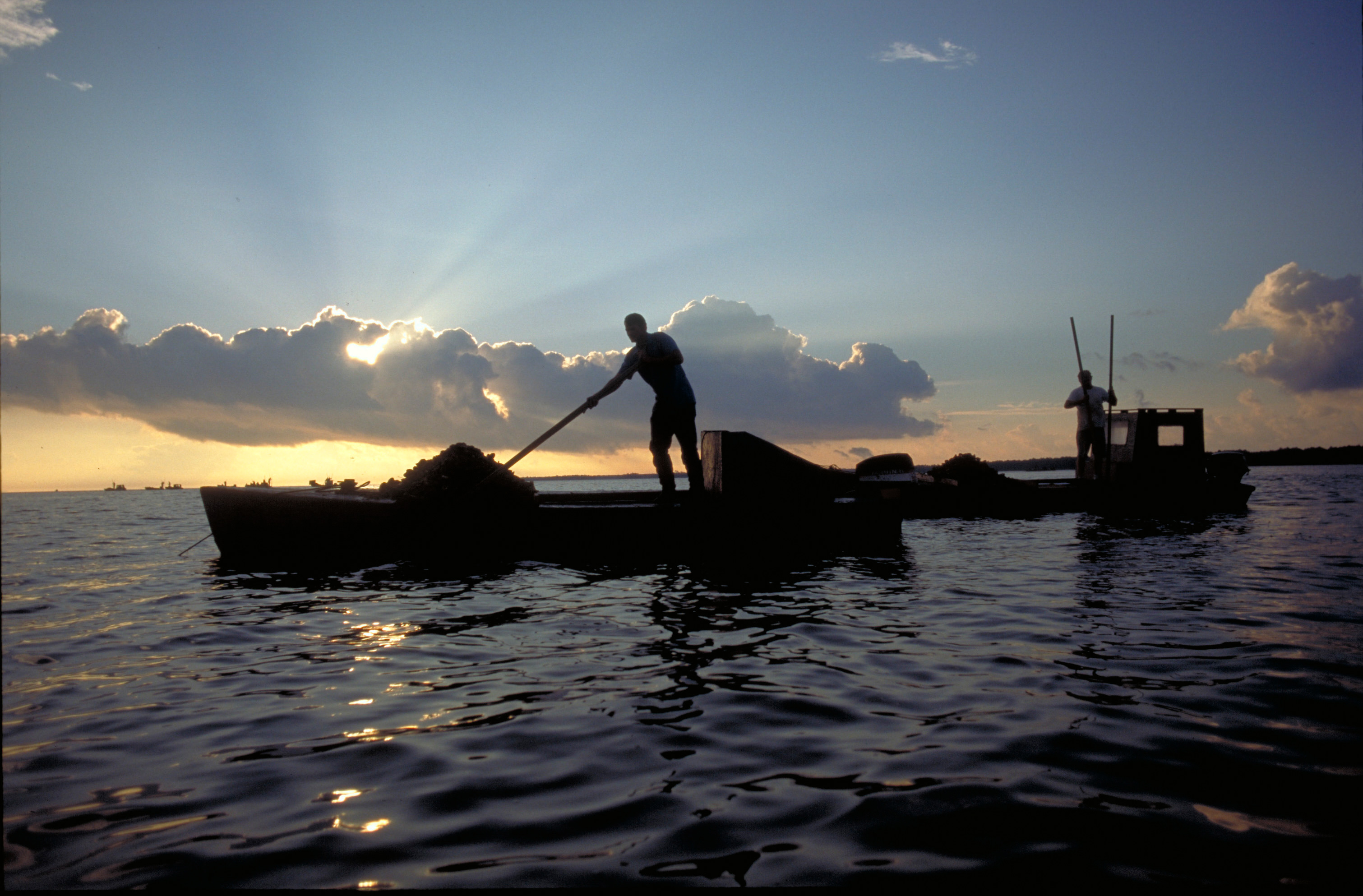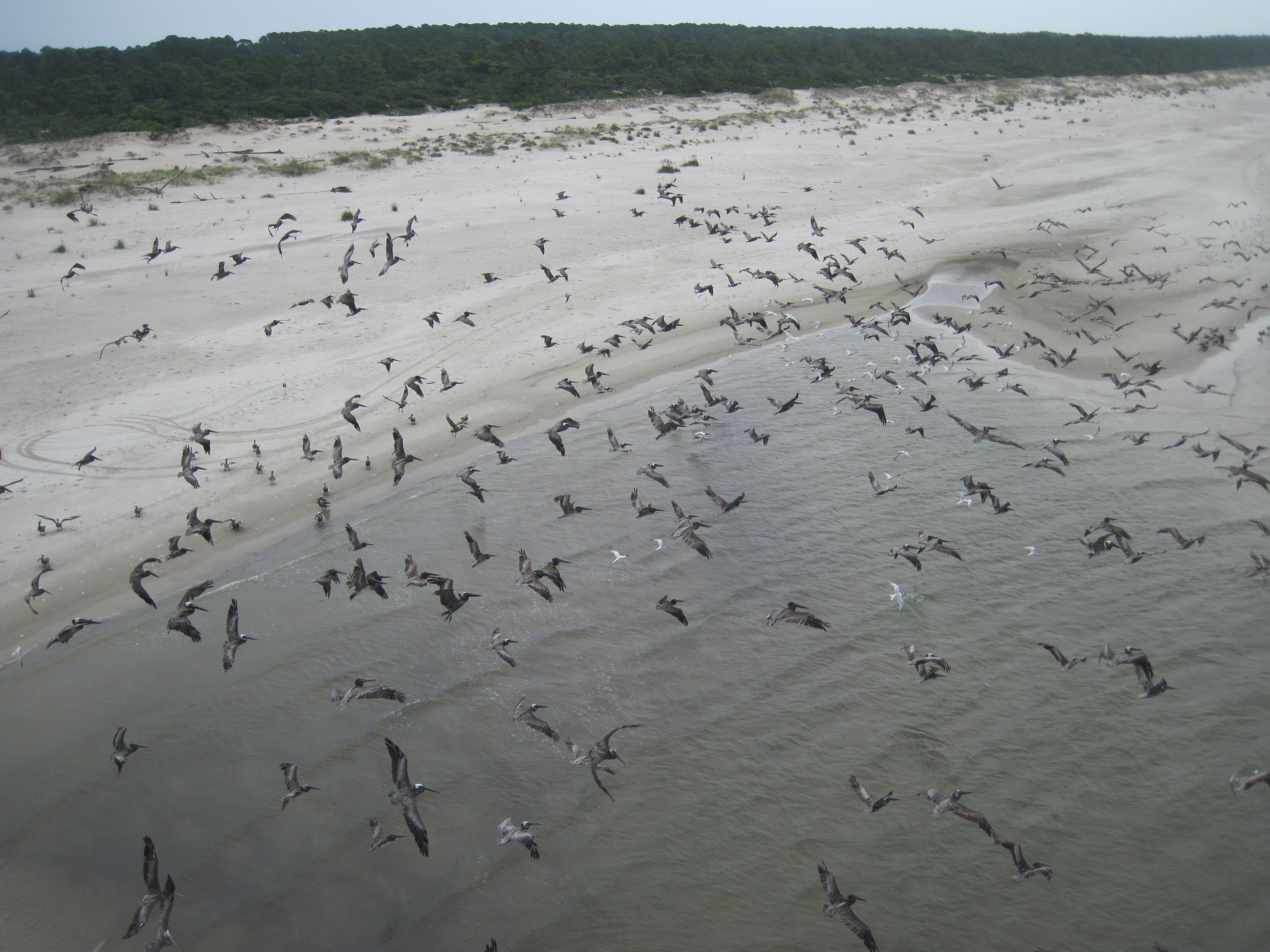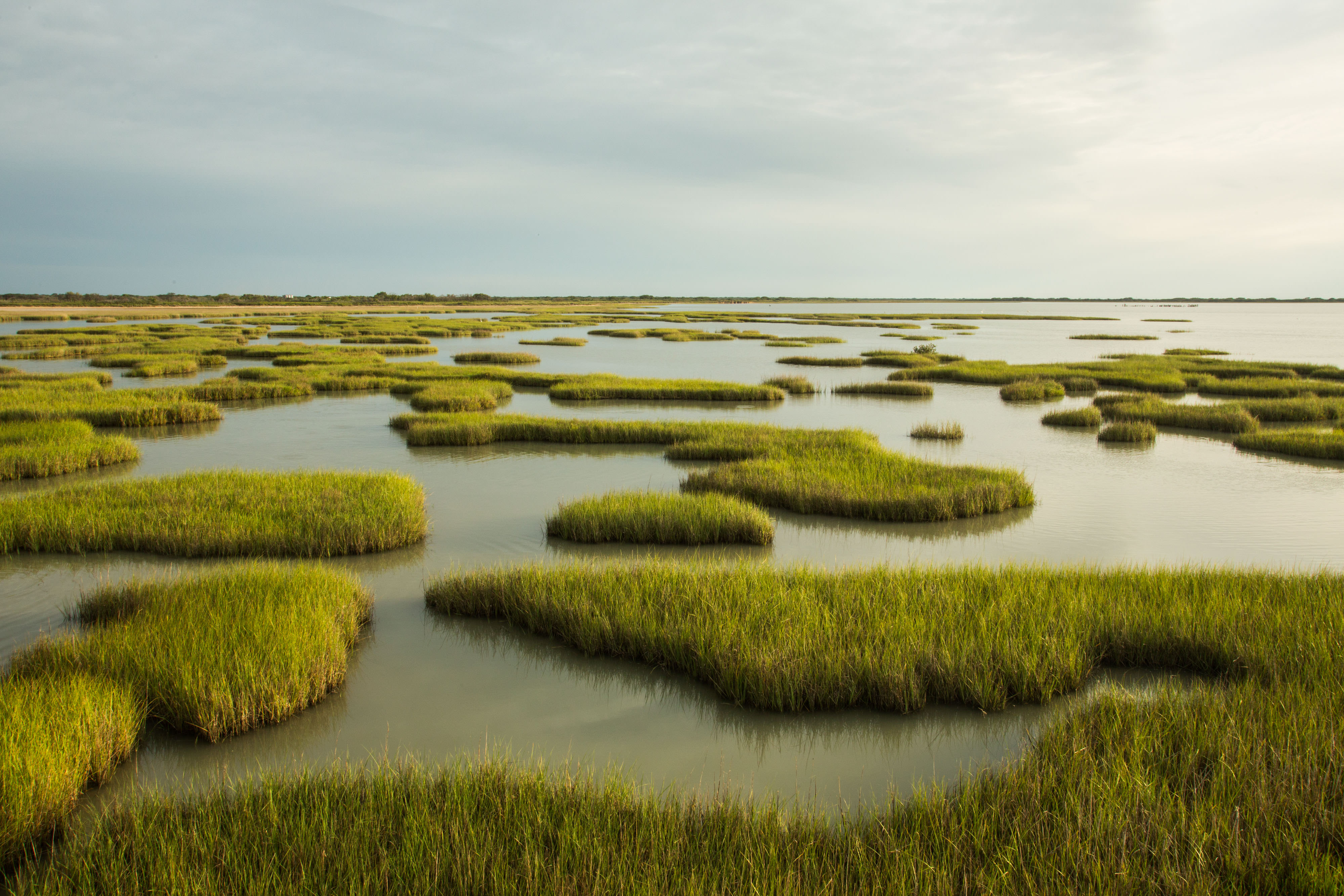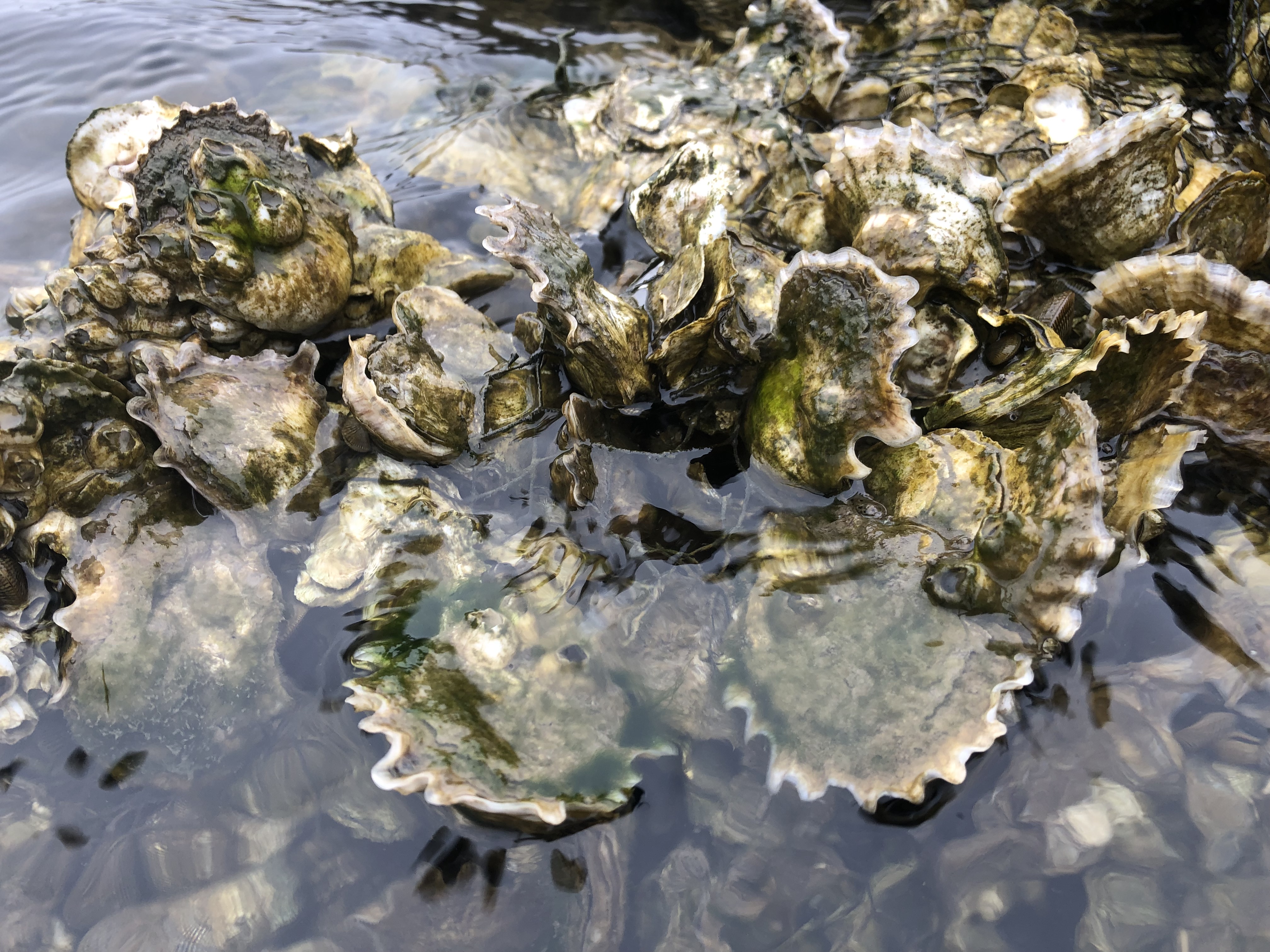The Gulf
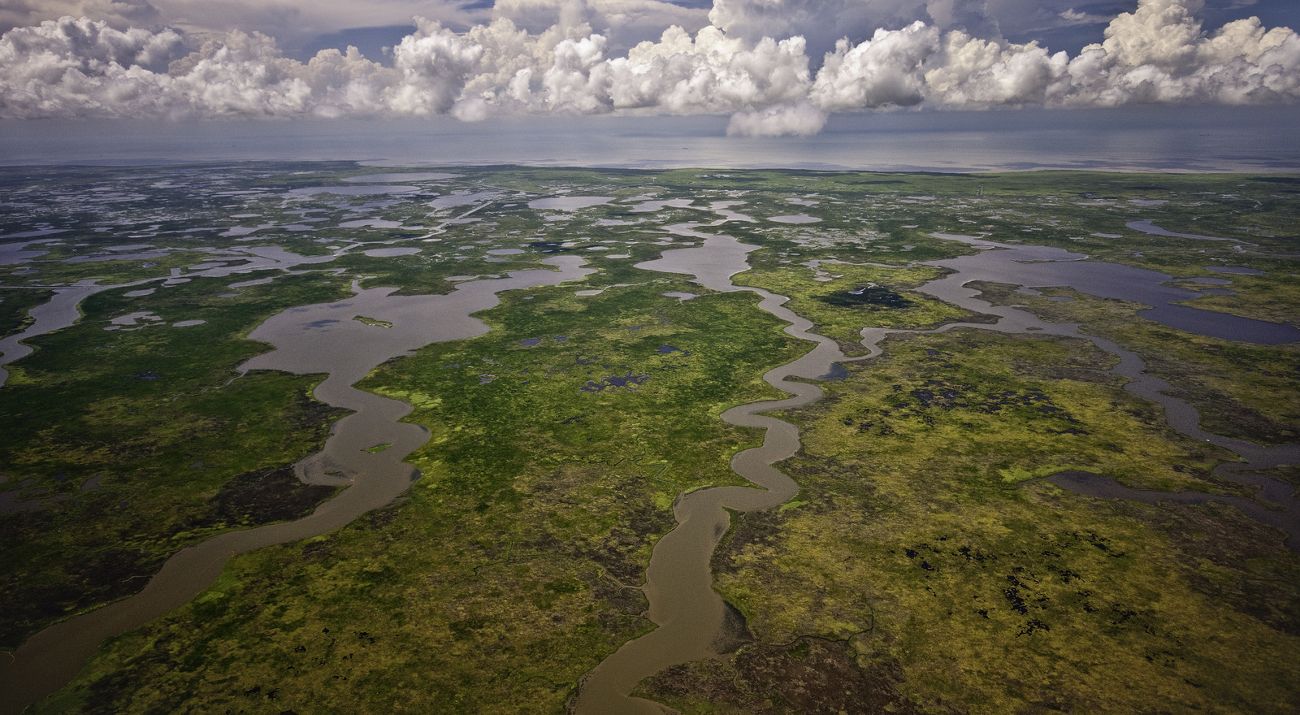
TNC’s Statement on Gulf Naming
We carefully review the implications of the multiple executive orders and instructions from the new administration to ensure we can continue to make progress for people and nature.
The Nature Conservancy has been working in the Gulf for more than 40 years, through hurricanes and oil spills, in close partnership with private, state and federal partners.
To ensure our programs continue, in accordance with clear directives from federal agencies under recent executive orders, TNC is required to refer to its programs in the Gulf of Mexico in U.S. territorial waters as “Gulf of America.” We continue to refer to our programs occurring outside of U.S. territorial waters in the Gulf as “Gulf of Mexico,” in accordance with international practice.
Conserving the Gulf’s Lands, Waters and Way of Life
From Cancun to Key West, the great arc of the Gulf Coast and its waters support diverse plants and animals, as well as large metropolitan areas and small working-waterfront settlements. Despite its assets, the Gulf Coast faces challenges. In response, The Nature Conservancy has been working for more than 40 years — on the ground and in the water — to conserve its natural resources.
Our Strategic Priorities
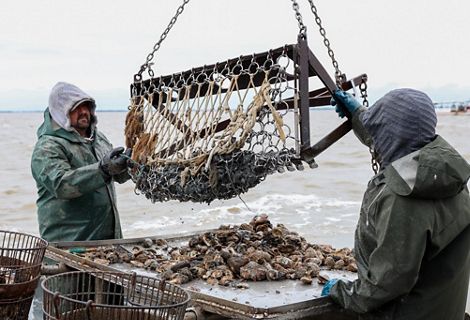
TEXAS
Getting it right for the Texas Gulf Coast means getting it right for oysters.
LOUISIANA
Louisiana loses an average of 16 square miles of coastal marsh each year.
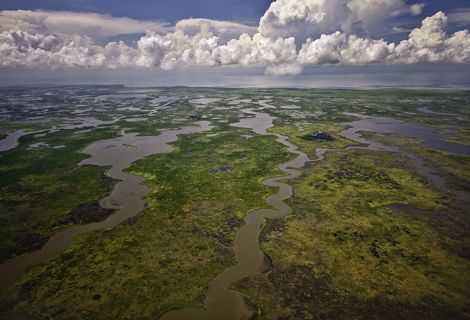
MISSISSIPPI
Recycling shells can help bring oysters back to Mississippi’s Gulf Coast.
ALABAMA
TNC has been working to protect this rapidly disappearing landscape since the 1970s.
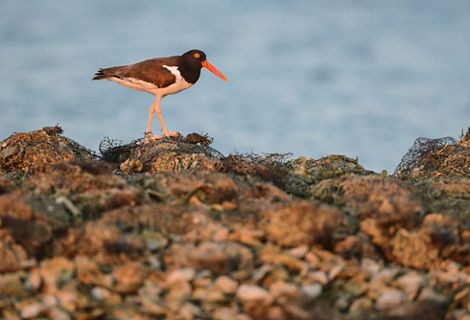
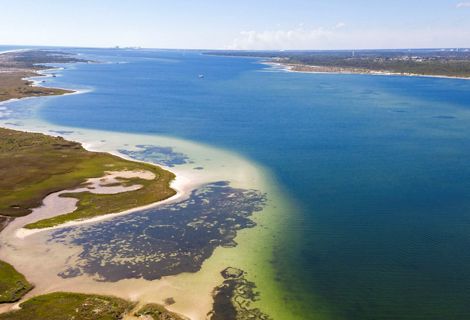
FLORIDA
We are working with partners to ensure a healthy future for our estuaries, watersheds and the Gulf.
OUR TEAM
Meet key TNC staff working on the ground in the Gulf.
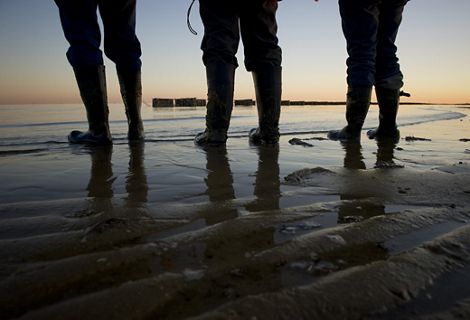
Case Statement
-
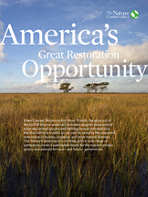
America's Great Restoration Opportunity
Read more about what we're doing across Texas, Louisiana, Mississippi, Alabama and Florida to make the most of a once-in-a-lifetime opportunity to restore the Gulf.
Download
